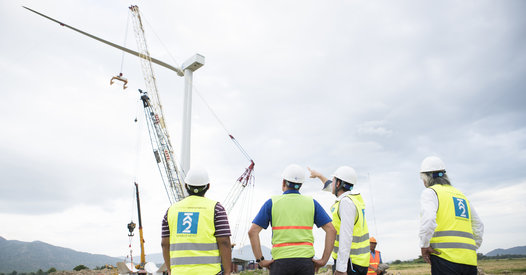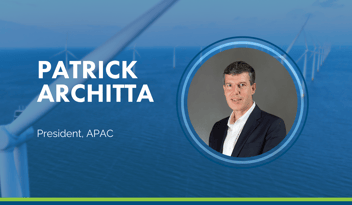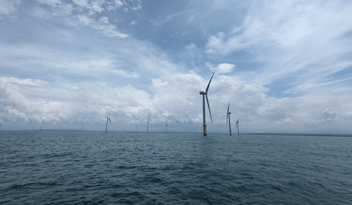
Emerging markets: Getting onshore construction right
Advancement in renewable energy generation is important for all emerging markets. For some, it brings electrification where there was previously an energy supply issue and for others, it enables them to enter into an energy transition that will lead them closer to climate and carbon-reduction goals.
No matter the reason, onshore wind presents specific opportunities but also challenges for developers in emerging markets, so what steps can be taken to overcome these hurdles and ensure the successful construction and completion of projects?
In this four-part blog series, we take a look at the double-edged sword that is technical advancements; assembling the right team at the right time; understanding the risks; and hoping for the best while planning for the worst.
Part 1: Technological advancements – a double-edged sword
Technology advancements and cost reductions over the last decade have considerably driven down the cost of wind energy and this looks set to continue. As a result, the landscape for OEMs is highly competitive with bigger rotors, blades and taller towers exponentially increasing the electricity generated by individual turbines.
Whilst this is undoubtedly a positive outcome, the cost-competitive nature of the market has several potential consequences when it comes to project construction.
With desire to achieve cost efficiencies high, this can open up projects to several risks. contractors could cut corners, deflecting risks away from their specific scope of work; expensive ‘experience’ requirements could make way for the appointment of a more inexperienced contractor, in particular where local contractors will have less experience naturally in an emerging market.
Contracts could be divided into smaller scopes to reduce prices without factoring in interface management as a priority; and contractors’ management levels and contingencies could be reduced for unexpected events.
From a technical perspective, longer blades, bigger towers and heavier nacelles put a greater strain on the transportation network, with larger ports, more extensive road modifications and in some cases new roads needing to be considered.
These issues are common in countries with emerging or immature wind energy markets that have high price sensitivities and are among the most common causes of failed procurement or improper planning leading to construction delays and cost overruns.
Coming next: Assembling the right team at the right time



